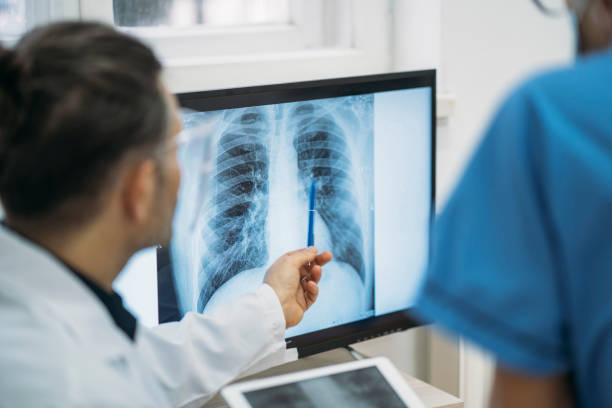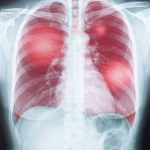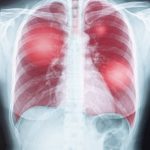The ONE organ responsible for high blood pressure.
What are the classes of pulmonary hypertension?

Pulmonary hypertension linked to left heart disease
This increases blood pressure in the pulmonary arteries. Problems with the left side of the heart are thought to be one of the most common causes of pulmonary hypertension. These include mitral valve problems, left ventricle problems and aortic valve conditions.
Pulmonary hypertension means high blood pressure in the arteries between the heart and lungs. The World Health Organization (WHO) divides pulmonary hypertension into five categories based on its cause.
Classes of pulmonary hypertension
Pulmonary hypertension means the blood pressure is high in the pulmonary arteries. These arteries carry blood from the heart to the lungs. A person has pulmonary artery hypertension if their average pulmonary artery blood pressure is higher than 25 millimeters of mercury (mm Hg). Typically, pulmonary blood pressure is lower than the rest of the body’s blood pressure. The five classes of pulmonary hypertension are:Group 1: Pulmonary arterial hypertension
Pulmonary arterial hypertension is when the pulmonary arteries become narrow, thick, or stiffened. This can be idiopathic — which means it happens for unknown reasons — or caused by certain diseases or drug use. Doctors usually treat this class with medication that dilates, or enlarges, the blood vessels. This reduces the chance of blockages.Group 2: Left heart disease
Group two pulmonary hypertension usually happens because a person has heart disease in the left side of their heart. This may include chronic high blood pressure, congestive heart failure, or other conditions affecting the left side of the heart, such as mitral valve disease. Left heart disease is the most common cause of pulmonary hypertension. The main treatment for this class is treating the underlying disease. For example, a person might make lifestyle changes or take blood pressure medication.Group 3: Lung disease
Group three pulmonary hypertension develops as a complication of lung diseases, such as COPD or interstitial lung disease. Over time, lung damage can cause high blood pressure in the blood vessels that feed them. The goal of treatment is to manage the underlying cause of the condition.Group 4: Blood clots
Clotting disorders can cause blood clots in the pulmonary arteries, causing high blood pressure. Some people also develop group four pulmonary hypertension as a complication of blood clots in the lungs. Treatment for this class focuses on removing the clots with surgery. If surgery is not an option or is not effective, a doctor may prescribe a medication called riociguat.Group 5: Other diseases
For some people, the cause of their pulmonary hypertension is not known. Conditions that may cause it include:- kidney disease
- metabolic conditions
- sickle cell diseases
- thrombocytopenia
- sarcoidosis
- chronic hemolytic anemia
- splenectomy (spleen removal)
How doctors determine hypertension class
A doctor may suspect the underlying cause of pulmonary hypertension based on a person’s symptoms. For example, a former smoker with a cough and breathing difficulties might have COPD. However, a doctor cannot diagnose based on symptoms alone. This is because symptoms are generally similar regardless of classification. Instead, a healthcare professional may recommend a number of tests. They will start a standard workup with:- an echocardiogram, which uses sound to monitor heart activity and diagnose pulmonary hypertension
- an electrocardiogram to measure electrical activity in the heart and look for signs of blockages, damage to the valves, and other heart health issues
- pulmonary function tests and chest CT scans to look for chronic lung disease
- polysomnography to look for obstructive sleep apnea
- ventilation-perfusion (VQ) scan to look for blood clots
- bloodwork to look for markers of heart disease and test for conditions such as kidney disease and thyroid
- dysfunction
What classification means
The classification of pulmonary hypertension gives little information about the outlook, symptoms, or severity of a person’s condition. Instead, classification puts this diagnosis into groups based on their cause. This provides some information about treatment options. In some cases, knowing the cause may also affect outlook. For example, COPD is a chronic medical condition with no cure. Conversely, if a person’s hypertension is caused by a thyroid disorder, the condition can be treated.Outlook
The outlook for pulmonary hypertension depends on several factors, including:- the type of pulmonary hypertension a person has
- whether the cause of their pulmonary hypertension is treatable
- whether a person has other medical conditions
- their age and overall health
- the quality of care a person is able to access
- 1 year: 87.9%
- 5 years: 72.5%
- 10 years: 62.6%
Summary
Pulmonary hypertension is a serious diagnosis that often means a person has underlying heart disease. It is broken into five categories that are distinguished by the condition’s cause. Treating pulmonary hypertension requires treating any underlying causes first and then addressing the hypertension itself.Pulmonary hypertension cannot be cured, but treatments can reduce your symptoms and help you manage your condition. If the cause is identified and treated early, it may be possible to prevent permanent damage to your pulmonary arteries, which are the blood vessels that supply your lungs.









